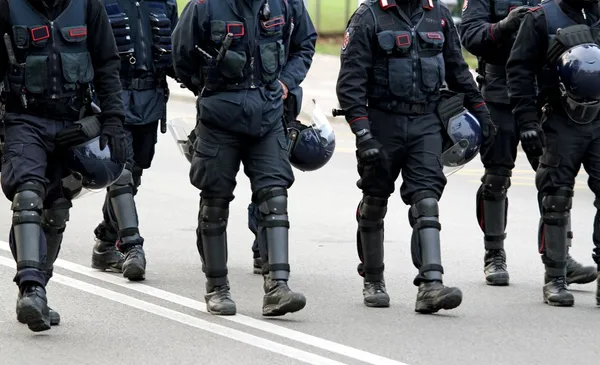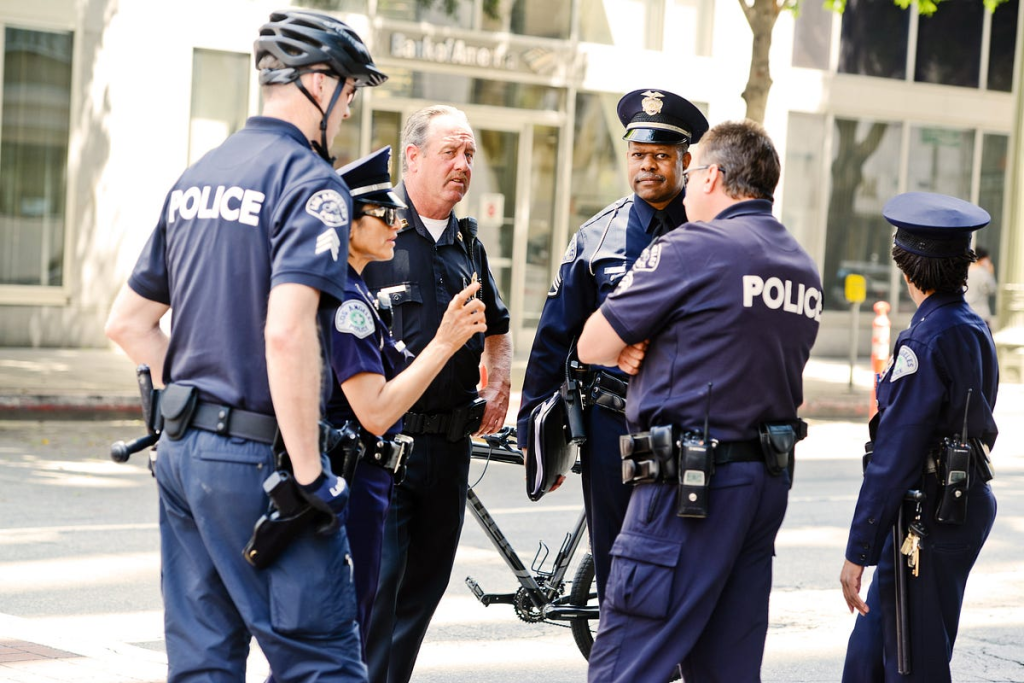
What does it say when those who are responsible for serving the public are themselves targeted? The recent gun attack outside the Prairieland Detention Center in Texas where one police officer was wounded and suspects in military-style uniforms opened fire on ICE agents has cut into a national debate about the safety of law enforcement and the resonance effect of such violence on society.
Federal agencies are sounding the alarm. Acting U.S. Attorney Nancy Larson characterized the assault as “an egregious” one and one of a concerning spike in assaults on officers. DHS statistics show assaults against ICE agents up nearly 700% for the first half of 2025 compared to last year. But behind the headlines, they expose more profound concerns: the psychological effects on officers, the significance of public trust, and new models of communities collaborating to prevent violence before it starts.
Here’s a closer look at the most critical factors affecting law enforcement safety today and the strategies that can help.
1. A Dramatic Increase in Targeted Violence
The Prairieland ambush was just one incident. ICE and federal agent attacks reported by DHS have increased from a paltry 10 early in 2024 to 79 during the same timeframe in 2025 a roughly 690% increase. Officials point to the increase as the result of heightened tensions regarding immigration enforcement and more confrontational types of protest.

Acting Deputy Attorney General Todd Blanche reiterated the Justice Department stance: “The Department has zero tolerance for assault on federal officers or property and will prosecute to the fullest extent of the law those responsible.” Such a firm attitude is reflective of growing alarm that attacks on detention facilities and officers are becoming more coordinated and violent.
2. The Mental Health Burden on Officers
Police work exposes the officers to many more traumas than most people are exposed to in a lifetime. Experts estimate that they are exposed to as many as 178 critical events in their careers, versus two or three for the public. That repeated exposure considerably increases the risk for PTSD, depression, and burnout.
One global study cited that one in seven officers worldwide suffers from PTSD or depression. Seeking help, though, is discouraged by stigma within police culture and therefore many of them silently endure a state with consequences on decision-making as well as public engagement.

3. When Public Trust Breaks Down
Protests against immigration deportation operations by ICE have at times become violent, but experts warn that policing itself can be the cause of distrust. Allegations of coercive treatment, behavior beyond control, and disrespect for constitutional norms erode the moral authority upon which policing is based.
As a retired lieutenant put it, “When police dispense with transparency, accountability and restraint, they undermine the very trust that gives us power in the first place.” Without it, encounters become more likely and more dangerous for everyone.

4. Trauma’s Lasting Impact
Aside from physical damage, violent interactions make a lasting psychological mark. Civilians and officers can experience anxiety, hyperarousal, nightmares, or social withdrawal. These behaviors could turn chronic into PTSD, addiction, or suicidal thoughts if not treated.
The National Institute of Mental Health stresses that recurring symptoms such as flashbacks, avoidance, or extreme mood swings are signals for professional attention. Early treatment can stop long-term harm and bring back a feeling of security.

5. Resilience through Positive Experience
Not all solutions require tactics training. Researchers have found that providing officers with positive, non-enforcement contact community event volunteering, cultural exchange reverses the “us versus them” mentality created by repeated exposure to crisis.
Money invested in these kinds of experiences can equate to more empathy, cultural competence, and less use-of-force encounters. It’s a preventative strategy for creating officer wellness and trust in the community.

6. Community-Based Violence Prevention Models
Cure Violence models treat violence as a contagious disease and intervene to disperse fights before they escalate into shootings. The model, in Chicago and Baltimore, lowered shootings by up to 75%. Conflict de-escalators, who are usually residents and highly regarded, disperse disputes, connect high-risk individuals with services, and change community norms away from violence.
Likewise, Richmond, California’s Operation Peacemaker Fellowship taught and guided the city’s most violent gun offenders in an 18-month program and reduced firearm homicides by 75%. These are evidence that relationship-based, directed interventions can reduce violence without exclusive dependency on enforcement.

7. Improving Crisis Communication and Readiness
Resilience is not recovery it’s readiness. Social and behavioral science research is helping agencies develop faster, more efficient ways of disseminating safety information among officials, responders, and the public.
From warning systems to integrated messaging during an emergency, these technologies are seeking to make both officers and civilians safer. Plain language, actionable messages can de-escalate panic, allow for protective measures, and speed recovery after a crisis.

The Prairieland ambush highlights in vivid relief a grim fact: it takes more than backup and body armor to protect police these days. It takes commitment repairing mental health, repairing community trust, cultivating good community relations, and employing proven violence-reduction strategies. With accountability and compassion accompanied by readiness, there is a path to safer cops, safer communities, and a more watchful society.


